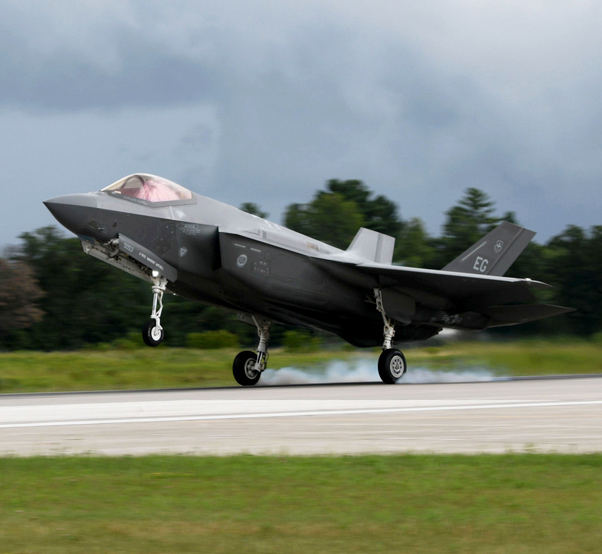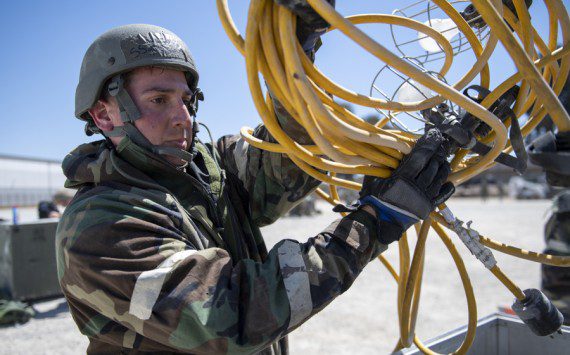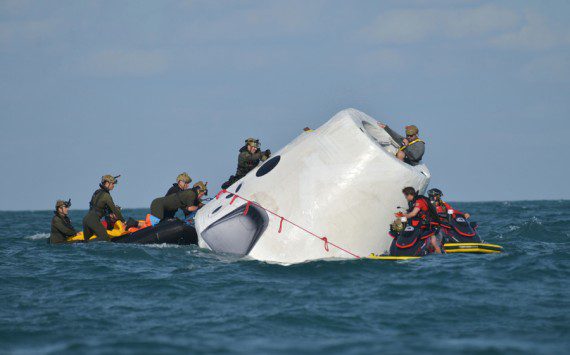Headquarters Air Education and Training Command has released its Accident Investigation Board report from the F-35A Lightning II aircraft crash that occurred May 19, 2020, at Eglin Air Force Base, Fla.
The Accident Investigation Board president found by a preponderance of the evidence that the cause of the mishap was two-fold.
The pilot attempted to land the aircraft while at excessive speed, and a previously-undiscovered anomaly in the aircraft’s flight control logic caused the tail of the aircraft to not respond to pilot input.
The AIB president also found by a preponderance of the evidence that four additional factors substantially contributed to the mishap:
* The pilot landed with Speed Hold engaged and using an alternate cross-check method, the pilot’s Helmet Mounted Display misalignment distracted the pilot during a critical phase of flight, the pilot experienced cognitive degradation due to fatigue, and that the pilot lacked systems knowledge on flight control logic and experienced negative training from simulator experiences.
* Following the conclusion of a two-ship formation night training sortie, the pilot approached the runway and did not follow procedure to adjust his speed. As a result the aircraft touched down with excessive speed and angle, causing significant bouncing of the aircraft on the runway.
* For the next five seconds the pilot made corrective actions consistent with post-bounce recovery, which stressed the control system’s ability to respond to pilot input and stabilize the aircraft. In situations where there is a significant difference between the pilot’s inputs and the anticipated input, the flight control system resets and the pilot inputs may have a minimal effect on flight control surfaces for a period of time.
* In this instance, the series of multiple and increasingly violent pitch oscillations coupled with the pilot’s attempts to recover and take off over-saturated the flight control system and cued it to direct the horizontal stabilizers to default to, and remain in, a position that prevented response despite the pilot’s inputs to go airborne.
The pilot successfully ejected and sustained non-life threatening injuries. There was no loss of civilian property. The aircraft, valued at $175,983,949, was destroyed upon impact.
The 58th Fighter Squadron trains Air Force operators and maintainers on employment and maintenance of the F-35A Lightning II model, as part of the overall 33rd Fighter Wing mission of training aircrews and maintainers from the U.S. Air Force, Navy, Marine Corps, and international air forces.












